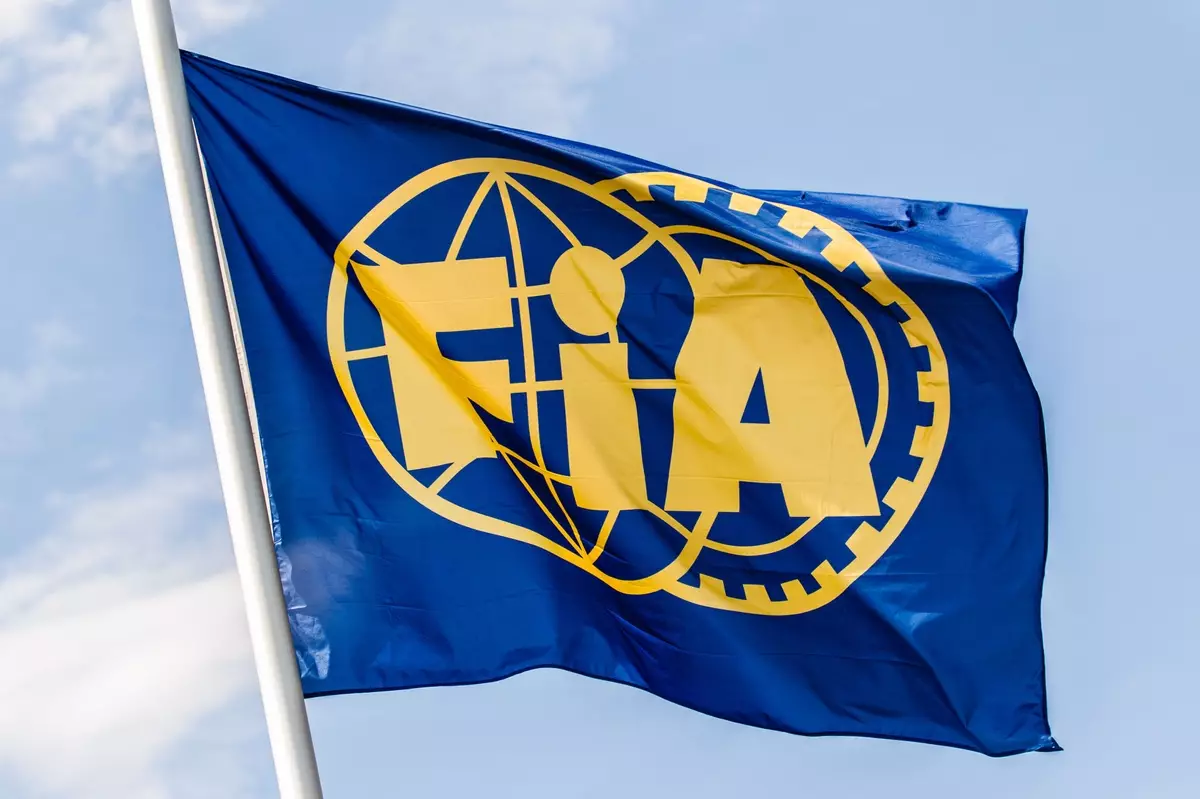In a striking development, Formula 1’s governing body, the FIA, has initiated yet another leadership overhaul, marking a radical shift in its management structure. The departure of Sara Mariani, the recently appointed director of Sustainability, Diversity, and Inclusion, underscores a profound reevaluation of priorities within the organization. While change is often necessary for growth, the abruptness of this decision raises questions about the FIA’s strategic vision and internal cohesion.
Sara Mariani: A Controversial Departure
Mariani, who had only been in her position for 18 months, expressed her surprise at the sudden conclusion of her tenure, highlighting her dedication to the ambitions of her team and the passion she brought to her role. In her farewell message, the tone was bittersweet; while she celebrated her experiences and the achievements of her team, she also indicated that this unexpected exit was not in line with her aspirations for a work environment where talent is truly nurtured. Her sentiments resonate strongly in a landscape where the value of inclusivity and sustainability is critically examined but remains vulnerably fragile within the hierarchies of power.
The FIA’s reasoning for Mariani’s dismissal lies in a broader restructuring strategy aimed at enhancing operational efficiency. While they expressed gratitude for her contributions, the move to consolidate sustainability and D&I into two separate arms—each under different leadership—raises eyebrows. Such a partition can be perceived as undermining the synergistic approach necessary for truly impactful diversity and sustainability practices.
Leadership Keller: A Shift in Priorities
The FIA’s decision to streamline leadership ranks comes at a time when organizational culture is under scrutiny globally. The departure of not just Mariani, but also other high-profile figures like Robert Reid and Natalie Robyn, sends a message that the FIA is attempting to redefine its identity amidst evolving expectations in motorsport governance. However, this raises a crucial concern about consistency in leadership and the potential loss of continuity that can destabilize initiatives aimed at fostering inclusivity.
While the FIA claims that these changes will integrate their internal and external D&I efforts, one must wonder if the restructuring dilutes the message of inclusion rather than strengthening it. Mariani’s arrival was supposed to bring a fresh perspective—one that acknowledged the complexities of diversity in a traditionally male-dominated environment. With her exit, there is a legitimate fear that the momentum towards meaningful change may stall, or worse, disappear altogether.
The Road Ahead: A Critical Eye on the FIA
As the FIA evolves, it is essential that it not only addresses the surface-level structure but also deeply examines the underlying culture that fuels its decision-making process. Will the new leadership structure foster an environment where diverse voices are amplified, or will it revert to traditional norms that marginalize them? Only time will tell if these changes are indeed strategic improvements or merely cosmetic alterations designed to placate critics while maintaining the status quo.
The automotive world is keenly watching, as the FIA’s moves will significantly impact its role in shaping the future of motorsport’s ethics and inclusivity. With growing pressure from fans and stakeholders alike, a commitment to effective and meaningful leadership should be at the forefront of the FIA’s agenda.

